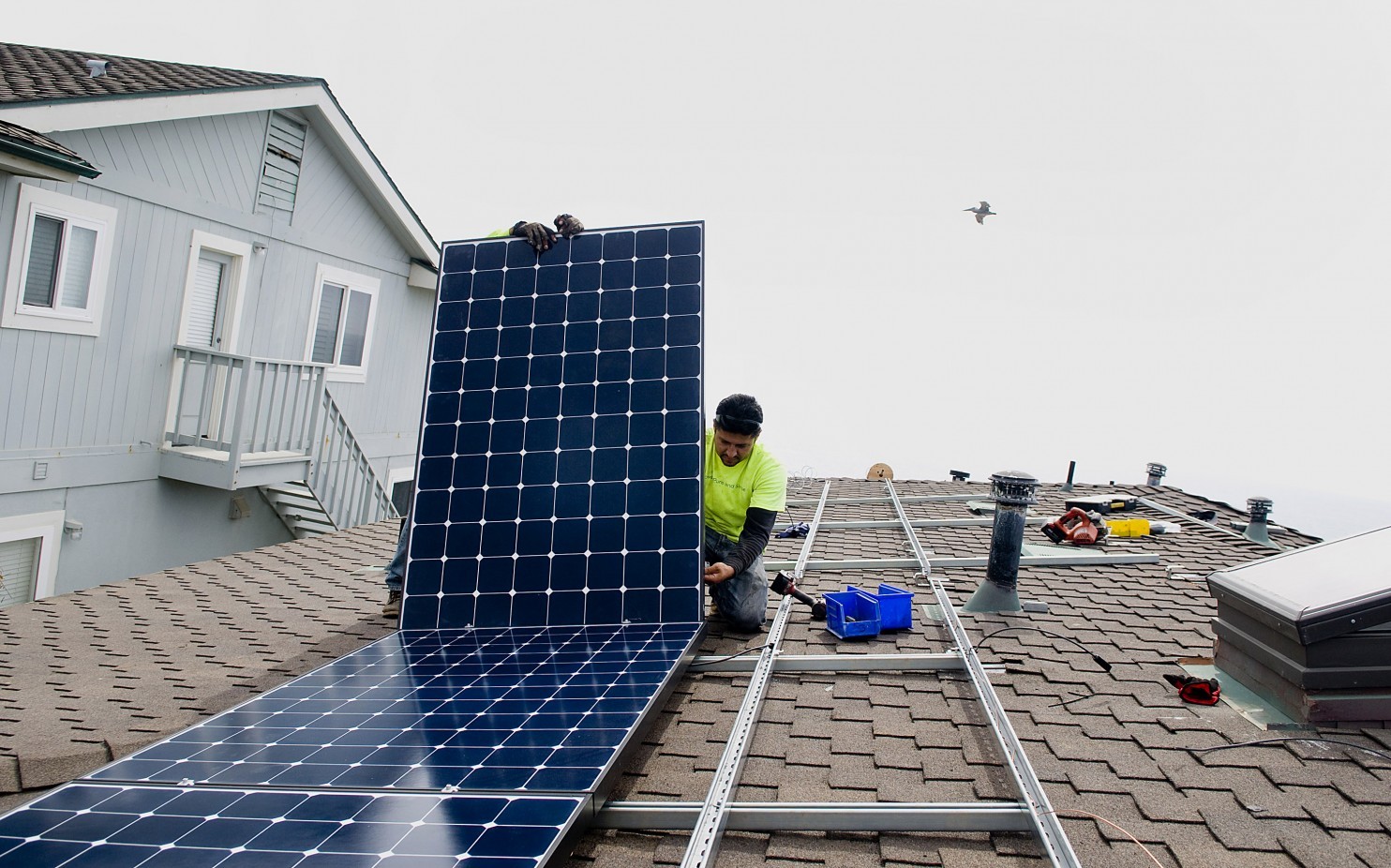
Solar Power Is Growing in the States, But Soft Costs Cast a Long Shadow
There’s no doubt about it: solar energy is officially booming in the United States. That’s great for those in the solar installation business, but it’s also good news for, well… just about everyone. We all benefit from clean energy, regardless of whether we choose to install it on our own homes.
It’s easy to get excited about solar’s meteoric rise as America’s renewable energy source of choice, but it’s also worth considering factors that could be holding it back from growing even faster.
One potential roadblock to solar’s adoption is, of course, the cost. The cost of installing solar panels in has fallen dramatically over the past 30 years, but the fact remains that it’s still more expensive to go solar in the U.S. than it is in places like Australia and Germany.
On average, residential solar systems have an installed cost of nearly $5 per watt of production capacity in the United states, compared with $2.56 and $2.21 in Australia and Germany, respectively. What can account for U.S. residents paying double for the same photovoltaic array? The answer: soft costs.
What are soft costs, exactly? Simply put, they’re expenses that are not considered part of the direct cost of construction. Soft costs include customer acquisition, installation labor, and the costs of permitting and financing. The labor costs in Germany, Australia, and the U.S. vary, but the markets are actually relatively similar.
The big differences come from high financing costs, and customer acquisition costs.
How the Zero-Down Model Contributes to High Financing Costs
More than 70% of residential solar systems are installed under a solar lease or power purchase agreement. These arrangements have the benefit of allowing consumers to go solar with as little as $0 down, and save money on their monthly energy bills. The long-term savings may not be as impressive as the net benefit to those who purchase their solar arrays outright, but it’s impossible to deny that the lower bar for entry has spurred solar growth in the credit-happy American consumer market, and it’s doubtful that the market would be as healthy as it currently is without them.
Here’s the thing: those financing programs cost consumers money, and they allow lenders to monetize tax incentives. Consumers don’t seem to mind, but had the U.S. opted instead for the lucrative feed-in tariffs that jump-started the German and Australian markets, it’s possible that overall solar costs would be much lower for U.S. consumers. The zero-down model makes solar customers happy, so the companies that offer solar leases and PPAs have little incentive to lower costs.
Customer Acquisition Costs
It doesn’t take much to convince the average German citizen to go solar; client acquisition costs in Deutschland only contribute about five cents to the cost of each watt of installed solar capacity. Australians are slightly more difficult to convince; about $0.30 per watt of solar installed in Australia goes into acquiring new clients.
In the States, however, that number is a whopping $0.50 per watt. That might not sound like much, but let’s give that number some real-world context.
As of earlier this year, the cost of installed solar was around $3.00 per watt in the U.S. Given an average system size of 5kW, those customer acquisition costs can account for around $2,500 per solar installation.
Why does it cost so much to convince Americans to go solar? Well, for one thing, U.S. energy costs are comparatively low. Hawaii residents might question that point, but by and large, it’s true. Low energy costs mean less financial incentive to seek alternatives.
The U.S. energy market is also much larger and more complex than Germany’s or Australia’s. Plus, U.S. utilities, especially those heavily invested in fossil fuels, have been rather reluctant to jump on the solar bandwagon.
The Cost of Solar Will Keep Falling
And as solar gains more steam, customer acquisition costs should drop as well. The more popular and cost-effective solar becomes, the easier it will be to convince holdouts to make the leap. Rising energy costs could also play a part in persuading reluctant solar adopters.
One thing is certain: the overall cost of residential solar will keep falling in the States, even if the Solar ITC expires at the end of 2016. Solar’s momentum can’t be stopped at this point, no matter how hard the incumbent utilities try. So here’s to solar’s bright future!
And if you're a solar installation business owner who is looking to acquire leads without breaking the bank (so you can pass along those cost savings to your customers!), get in touch today. RGR Marketing has the best prices on purchased solar leads anywhere.
[Photo Via: Washington Post]
Start making more
money today!
Search Categories
Tags
Tag Cloud
Latest from Twitter
Contact Us
Call us at 310-540-8900 or fill out the form below and we’ll tell you how you can get high quality leads for free*.
* Get up to 10% free leads on your first order!